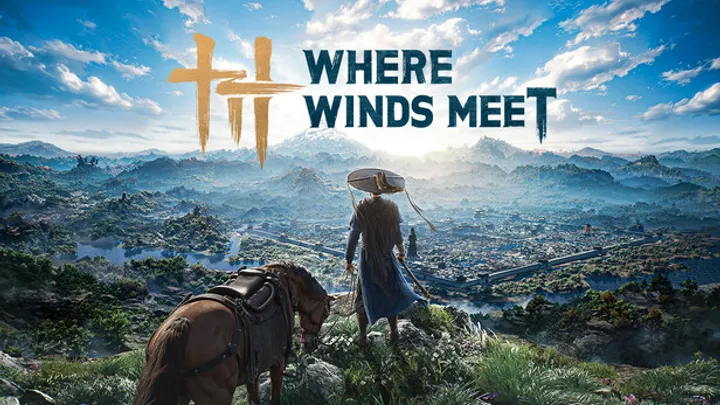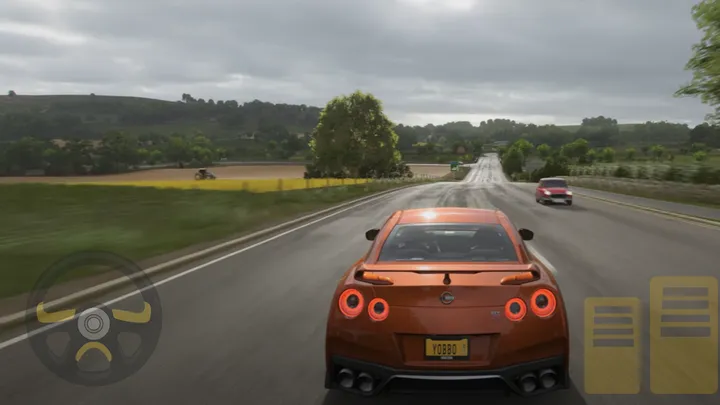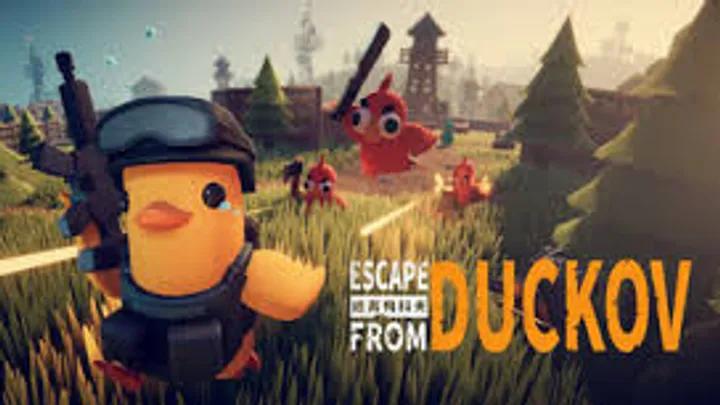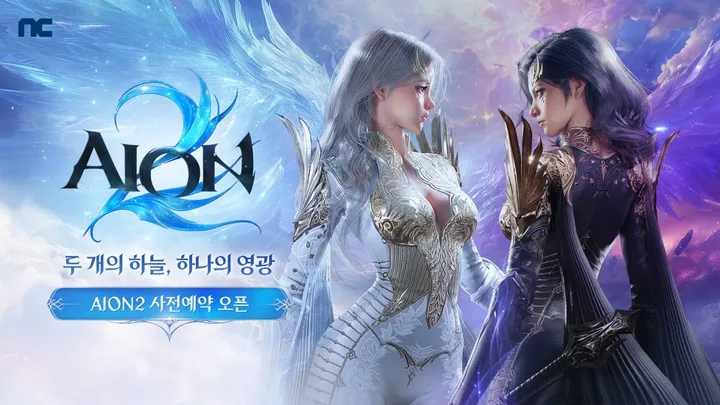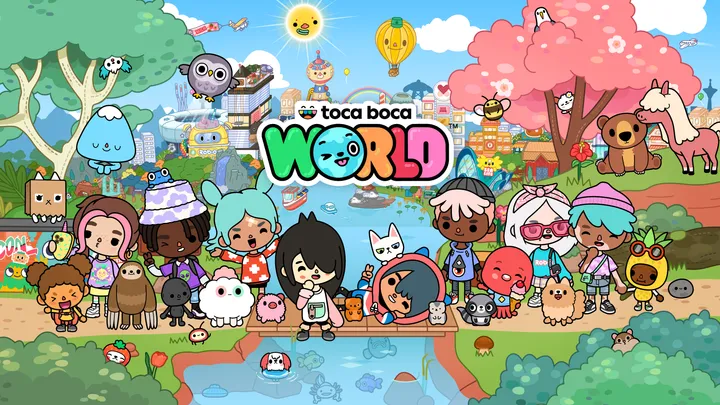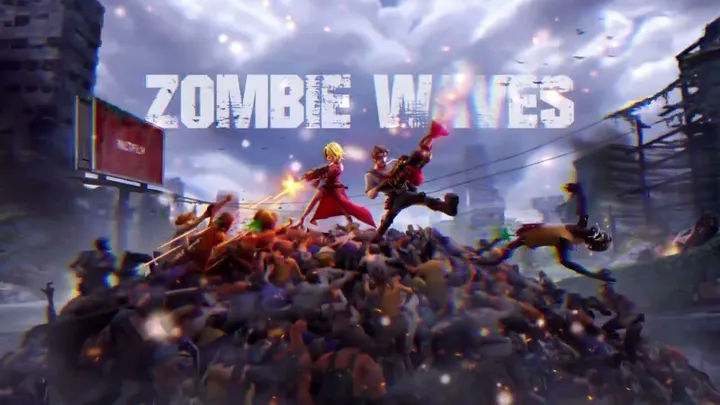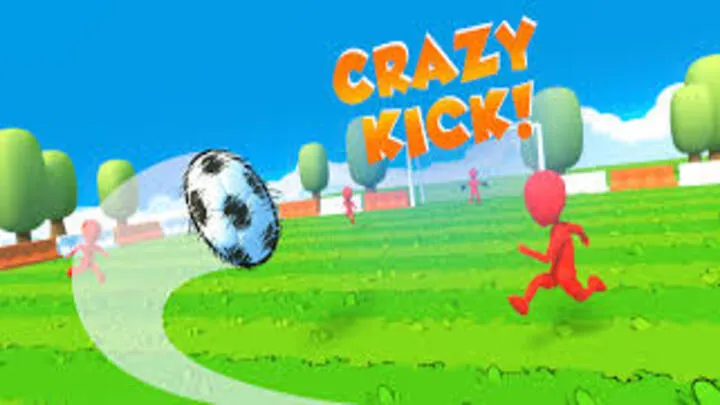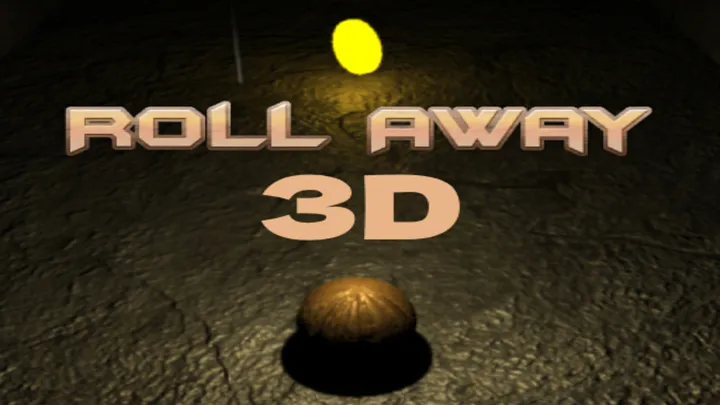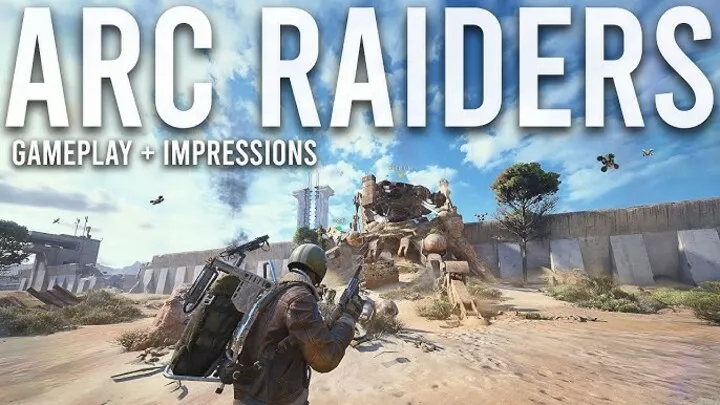The gaming world is filled with massive AAA releases, cinematic experiences, and billion-dollar budgets. Yet, in the midst of all the grandeur, indie games—developed by small teams or even solo creators—have repeatedly proven that passion, creativity, and storytelling can outshine the biggest studios. These games don’t rely on marketing hype or giant development teams. Instead, they focus on emotional depth, innovative gameplay, and fresh ideas that touch players in ways that large-scale productions sometimes can’t. In this article, we’ll explore the top indie games that have shocked, inspired, and captivated players around the globe.
1. The Rise of Indie Innovation
In the last decade, indie games have transformed from niche experiments into global sensations. What used to be a small corner of the gaming world has become a space where creativity thrives without limits. Indie developers are not bound by corporate expectations or financial constraints, which gives them the freedom to experiment and surprise.
The rise of digital platforms like Steam, Itch.io, and the Nintendo eShop has made it possible for indie creators to reach millions of players. Accessibility and affordability have also played a big part—many players are more willing to try a $15 indie masterpiece than a $70 blockbuster. This freedom has sparked a wave of innovation across all genres, from emotional narratives to puzzle-based adventures.
One of the key aspects that define indie success is authenticity. These games often reflect the personal visions of their creators, bringing unique storytelling, aesthetics, and gameplay mechanics to life. That individuality is what continues to surprise the world.
2. Undertale: The Power of Emotion and Choice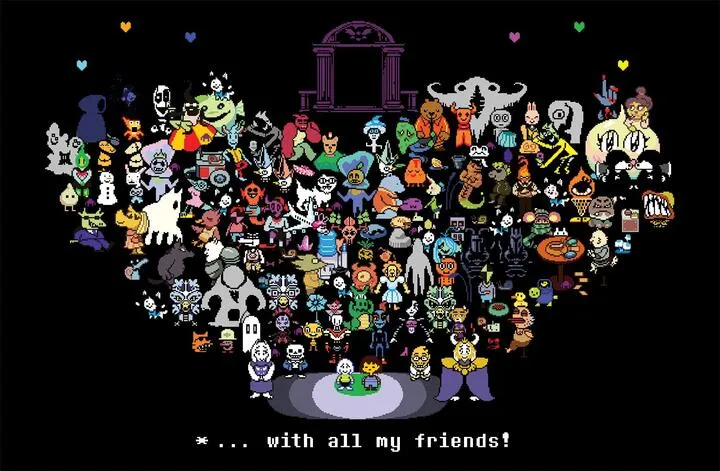
When Undertale launched in 2015, few could have predicted the cultural impact it would have. Created almost entirely by Toby Fox, this game became an internet phenomenon and one of the most discussed indie titles in history.
Undertale flipped traditional RPG mechanics on their head. Instead of encouraging players to fight enemies, it gave them the choice to show mercy. The moral consequences of player actions were deeply tied to the story, making every decision meaningful. The minimalist graphics and retro-style soundtrack only enhanced the nostalgic charm while hiding layers of emotional storytelling underneath.
What truly surprised the world was how emotionally attached players became to the characters. Sans, Papyrus, and Toriel became household names in gaming communities. Undertale proved that you don’t need realistic graphics or Hollywood actors to create unforgettable experiences—you only need heart.
3. Stardew Valley: A One-Man Farming Revolution
Stardew Valley is another perfect example of how one person can reshape an entire genre. Developed by Eric Barone (also known as ConcernedApe), the game was inspired by Harvest Moon but went beyond mere imitation to create something much deeper.
The charm of Stardew Valley lies in its simplicity and warmth. It offers players a peaceful yet fulfilling escape where they can farm, fish, mine, build relationships, and slowly rebuild a neglected town. Beneath its pixelated surface is a world rich with personal stories and emotional connections. Players find themselves forming genuine bonds with the villagers, uncovering secrets, and even exploring the darker sides of small-town life.
The global success of Stardew Valley surprised everyone. It sold millions of copies, received continuous updates, and built one of the most positive communities in gaming. Its success showed that passion and persistence could compete with—and even surpass—the efforts of major studios.
4. Hollow Knight: The Beauty of Challenge and Mystery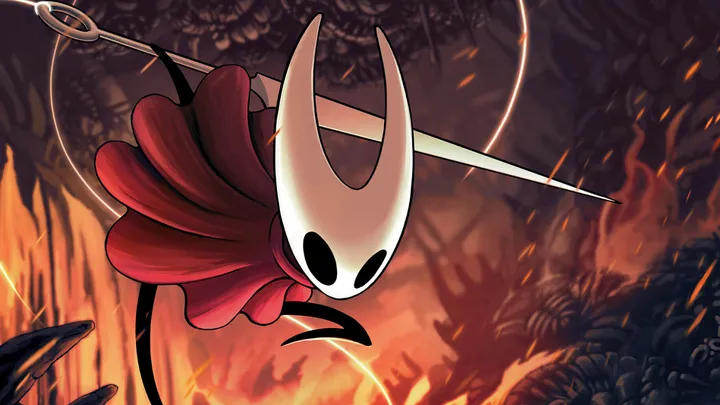
Team Cherry, a small Australian studio, shocked the gaming world with Hollow Knight. At first glance, it’s a hand-drawn 2D action-adventure game, but beneath its beautiful art lies a dark, haunting, and emotionally rich world.
Hollow Knight combines challenging combat, Metroidvania-style exploration, and a mysterious narrative told through atmosphere and symbolism. The world of Hallownest feels alive—filled with insects, ghosts, and secrets waiting to be discovered. Players praised the game’s fluid controls, precise platforming, and the sense of accomplishment after overcoming difficult bosses.
The emotional depth comes not only from the story but from the tone. The loneliness, melancholy, and hope that fill every corner of the world connect deeply with players. Hollow Knight proved that indie games can achieve artistic excellence on par with any AAA title.
5. Celeste: Climbing Mountains and Overcoming Anxiety
Celeste isn’t just about climbing a mountain—it’s about overcoming personal challenges. Developed by Maddy Makes Games, Celeste uses its tight, precise platforming mechanics as a metaphor for mental health struggles.
Every jump, every fall, and every restart mirrors the persistence required in real life to overcome self-doubt. The story of Madeline, the main character, resonated deeply with players who saw their own struggles reflected in her journey. The soundtrack, created by Lena Raine, adds emotional depth, making every moment feel meaningful.
Celeste’s surprise success stemmed from its perfect balance of gameplay difficulty and heartfelt storytelling. It became a beacon for players and developers alike—showing that games can be therapeutic, empathetic, and inspiring all at once.
6. Hades: Redefining Roguelike Storytelling
When Supergiant Games released Hades, it redefined what a roguelike could be. Traditionally, roguelikes focus on endless repetition and challenge. Hades kept the difficulty but wrapped it in a rich, evolving story.
Players take on the role of Zagreus, the son of Hades, trying to escape the Underworld. Each attempt reveals new dialogue, new relationships, and new layers of narrative depth. The dynamic voice acting, stylized visuals, and fluid combat made it one of the most polished indie games ever released.
The surprise wasn’t just the quality—it was the emotional engagement. Hades told a story through failure and persistence, teaching players that progress is not just about victory but about understanding and growth. It earned numerous Game of the Year nominations, standing toe-to-toe with AAA competitors.
7. Cuphead: Art in Motion
Cuphead stunned the world with its unique art style and brutal difficulty. Developed by Studio MDHR, it’s a love letter to 1930s animation, combining hand-drawn visuals, jazz music, and boss battles that test skill and patience.
What surprised everyone was how perfectly the retro cartoon visuals matched the intense gameplay. Every boss feels like a living animation, and every stage bursts with personality. The game’s perfectionism in design led to years of anticipation, but when it finally released, it exceeded expectations.
Cuphead showed that art direction could be just as important as gameplay. It became an icon of style, winning awards and earning a Netflix adaptation. Few expected an indie title to achieve such global recognition.
8. Slay the Spire: The Strategy That Built a Genre
Sometimes innovation happens quietly. Slay the Spire, developed by MegaCrit, started small but ended up creating an entirely new subgenre: the deck-building roguelike. Its combination of strategic card play and dungeon crawling inspired countless imitators.
The brilliance of Slay the Spire lies in its endless replayability. Every run feels fresh, forcing players to adapt strategies based on the cards they draw and the enemies they face. It appeals to both casual and hardcore gamers, blending logic, luck, and creativity seamlessly.
What makes it even more remarkable is that it was developed with direct community feedback during its early access phase. The game’s open development process turned its players into co-creators, making it one of the most collaborative indie success stories ever.
9. Outer Wilds: A Cosmic Mystery Beyond Expectation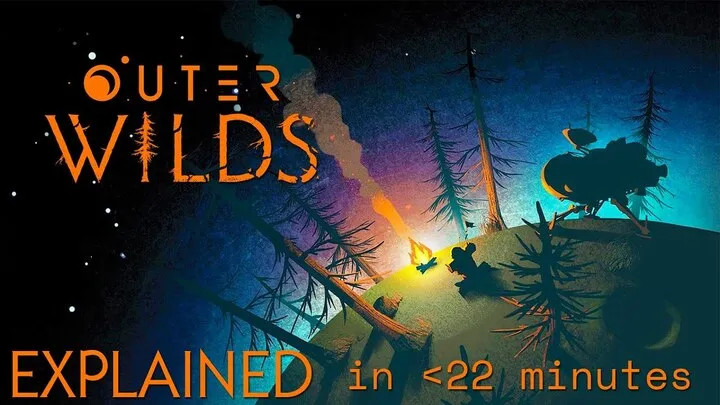
Few games have achieved what Outer Wilds did. Developed by Mobius Digital, it’s a space exploration adventure that combines curiosity, discovery, and existential wonder. Players explore a miniature solar system caught in a 22-minute time loop, uncovering secrets about ancient civilizations and cosmic phenomena.
Outer Wilds is not about combat or survival—it’s about learning. Every failure teaches something new, and every discovery brings players closer to understanding the universe’s mysteries. The emotional impact of its ending left many players speechless.
Outer Wilds won multiple awards, including Best Game at the BAFTAs, surprising many who initially overlooked it. It proved that exploration and reflection could be just as powerful as action and competition.
10. The Emotional Power of Indie Games
What connects all these indie titles is their emotional honesty. They’re not created to chase trends or maximize profit. They exist because their creators had something personal to express. That’s why indie games often surprise us—they reveal parts of humanity that mainstream titles sometimes hide behind spectacle.
Indie games have become a global movement of creativity. From small studios in bedrooms to crowdfunded dreams on Kickstarter, these games continue to redefine what’s possible in the medium. They remind players that gaming is an art form—a way to tell stories, share experiences, and connect on a deeper level.
The indie scene’s rise is more than a trend; it’s a cultural shift. Developers no longer need massive publishers to make an impact. Players no longer need to look to AAA titles for innovation. The surprises keep coming, and the next groundbreaking indie hit could already be in development somewhere right now.
Conclusion: The Spirit of Surprise and Imagination
The indie revolution has changed the way we look at games forever. From emotional journeys like Undertale and Celeste to innovative experiments like Slay the Spire and Outer Wilds, these titles have proven that creativity thrives outside the mainstream. They surprise us not because they try to be big, but because they dare to be different.
Each of these games brought something new—whether it was a unique story, an unforgettable mechanic, or a message that resonated beyond the screen. They remind players that gaming isn’t just entertainment—it’s an experience that can inspire, challenge, and move hearts.
As technology continues to evolve, indie developers will keep surprising the world with their passion projects. Because sometimes, it’s not about how big a game is—it’s about how deeply it makes you feel.
